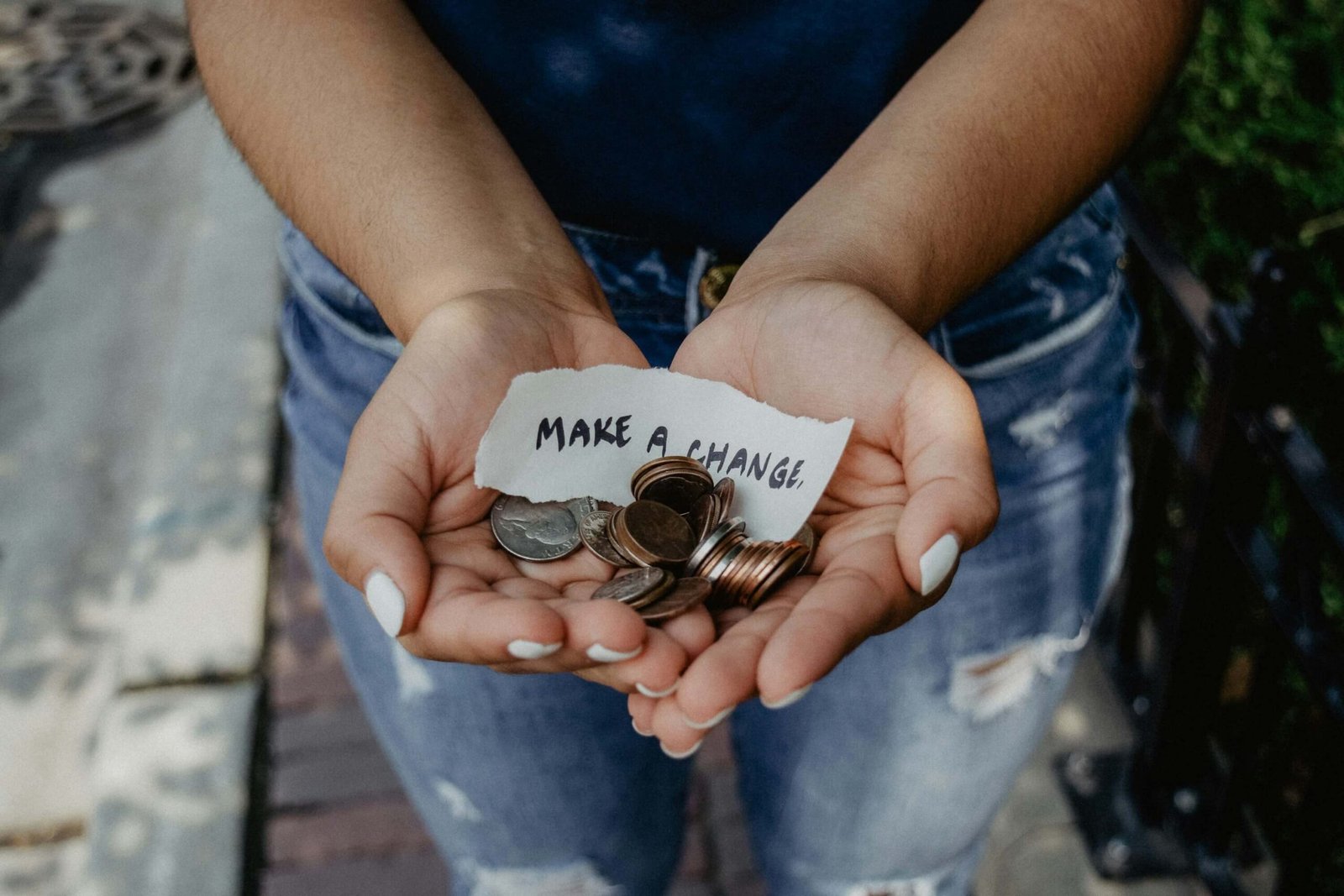In today’s unpredictable world, having an emergency fund is more crucial than ever. Whether it’s an unexpected medical bill, a sudden job loss, or a major home repair, life has a way of throwing financial curveballs when we least expect them. That’s where an emergency fund comes in – it’s your financial safety net, providing peace of mind and security in uncertain times.
Why an Emergency Fund Matters
- Financial Security: An emergency fund provides a buffer between you and life’s unexpected expenses. Instead of scrambling to cover costs or relying on credit, you have a dedicated pool of money ready to tackle whatever comes your way.
- Stress Reduction: Knowing you have funds set aside for emergencies can significantly reduce financial anxiety. It’s like having a financial security blanket, allowing you to face uncertain times with more confidence.
- Avoiding Debt: Without an emergency fund, many people turn to high-interest credit cards or loans to cover unexpected expenses. This can lead to a cycle of debt that’s hard to break. An emergency fund helps you avoid this trap.
- Opportunity Creation: Sometimes, opportunities come with costs attached. Whether it’s a last-minute deal on a dream vacation or a chance to invest in a promising venture, having extra funds available can allow you to seize opportunities you might otherwise miss.
How to Start Building Your Emergency Fund
- Set a Goal: Financial experts typically recommend having 3-6 months of living expenses saved. However, don’t let this intimidate you. Start with a smaller, more manageable goal, like $500 or $1000. Personally, I felt $1000 was the right number for my needs.
- Start Small: Begin with what you can afford, even if it’s just $20 a week. The key is to start the habit of saving regularly.
- Automate Savings: Set up automatic transfers from your checking account to your emergency fund. This “set it and forget it” approach ensures you’re consistently building your fund.
- Cut Unnecessary Expenses: Review your spending and identify areas where you can cut back. Redirect these savings to your emergency fund. Even small changes, like making coffee at home or canceling unused subscriptions, can add up over time.
- Use Windfalls Wisely: When you receive unexpected money, like a tax refund or a bonus, resist the temptation to splurge. Instead, allocate a portion (or all) of it to your emergency fund.
Where to Keep Your Emergency Fund
Your emergency fund should be easily accessible but not so easy that you’re tempted to dip into it for non-emergencies. Consider these options:
- High-yield savings account: These often offer better interest rates than traditional savings accounts.
- Money market account: These can offer higher interest rates and limited check-writing abilities.
Avoid keeping your emergency fund in investments like stocks or bonds, as these can fluctuate in value and may not be easily accessible when you need them.
Final Thoughts
Building an emergency fund is a crucial step in your financial journey. It’s not about depriving yourself, but about creating a safety net that allows you to live with more freedom and less stress. Start small, be consistent, and watch your financial security grow.
Remember, every journey begins with a single step. Start building your emergency fund today, and your future self will thank you.
Want more financial tips and tools? Check out our budget-friendly planners and worksheets on Etsy: Living Free of D
Follow @livingfreeofd on Instagram for daily finance tips and inspiration!





0 Comments